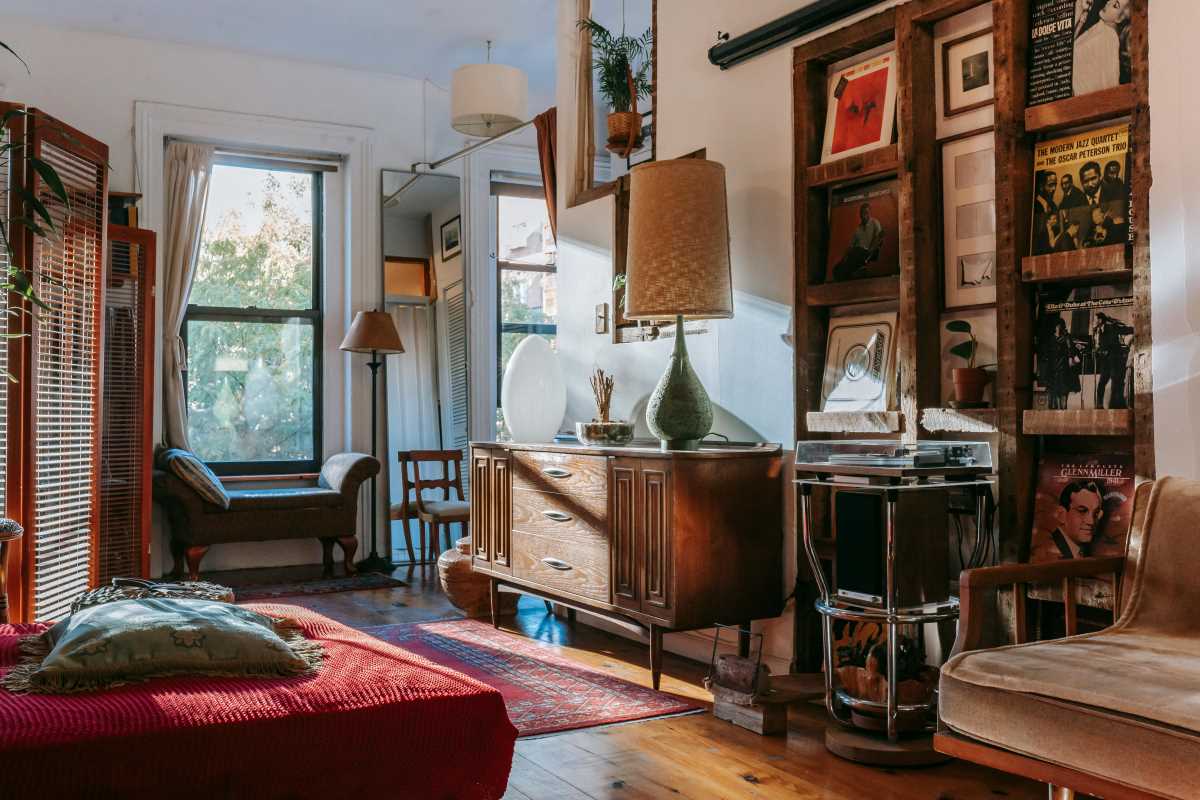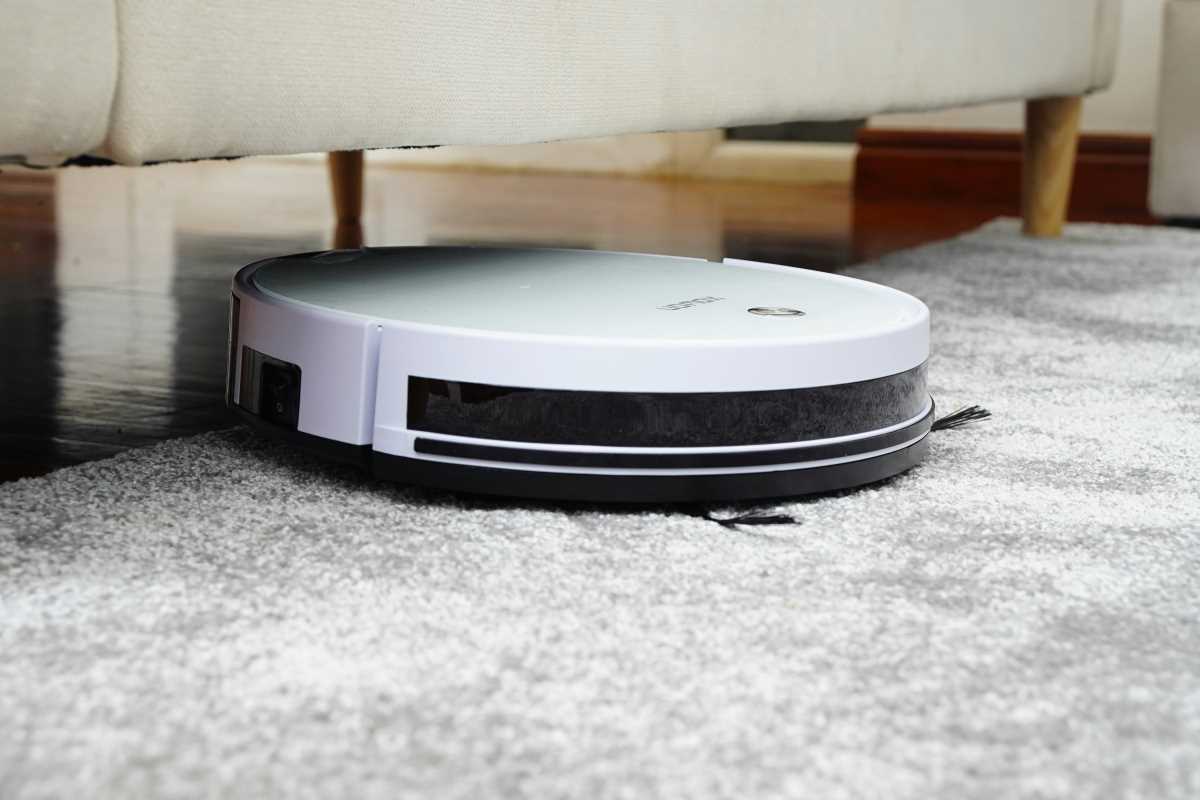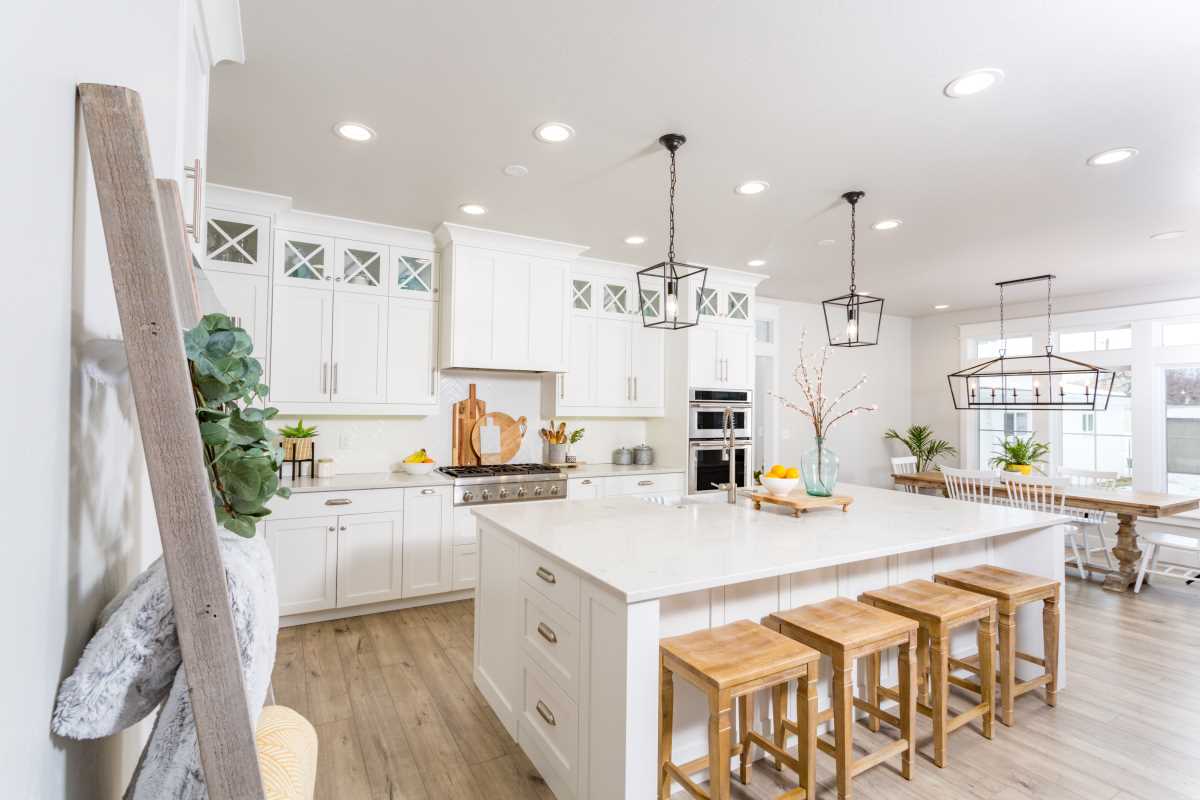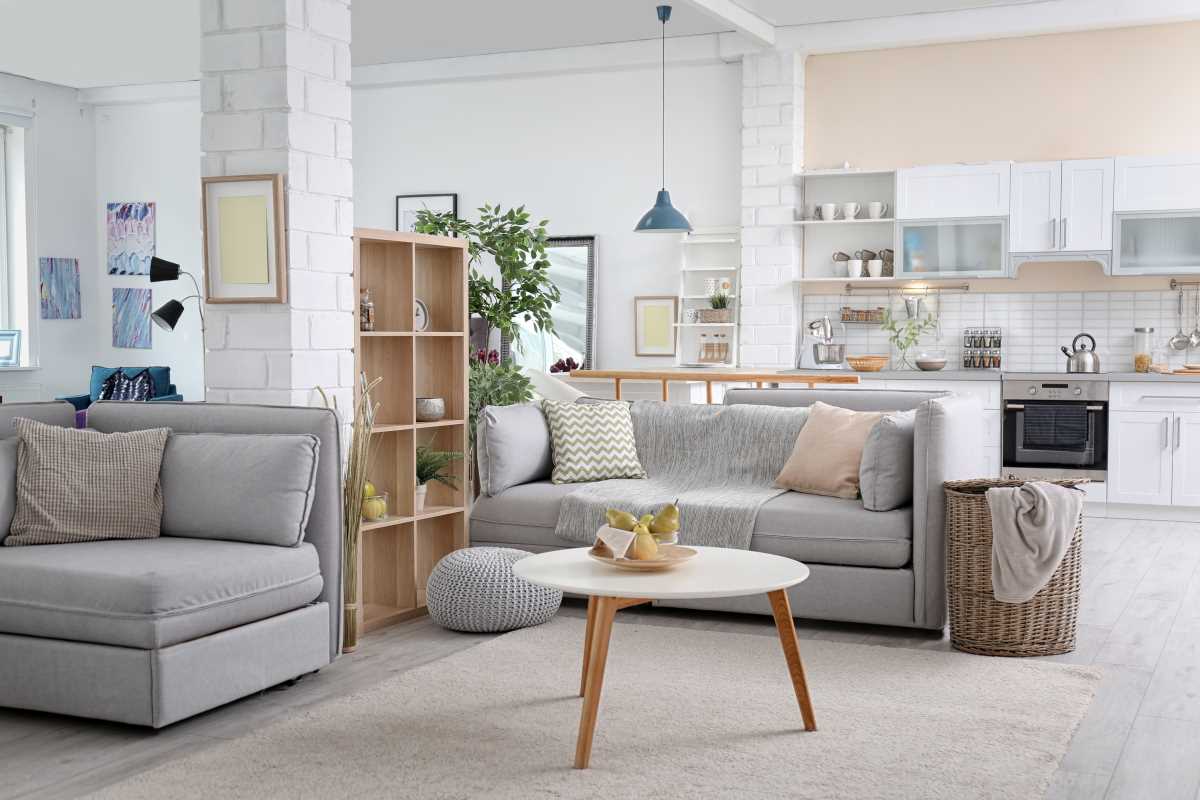Your home should be your sanctuary, a place that feels welcoming, functional, and reflective of your personality. But over time, even the most well-loved spaces can feel outdated or in need of a refresh. If you’ve been thinking your home could use a little TLC, you’re not alone. Your living space evolves alongside your needs and tastes, and regular updates are essential for keeping it practical and inviting.
Not sure where to start? Here are 10 signs your home might be ready for a makeover, along with actionable tips to help you begin the transformation process.
1. Your Home Feels Cluttered or Overcrowded
If every corner of your home is packed with furniture, decorations, and miscellaneous items, it may be time for a makeover. Clutter can make even the largest spaces feel cramped and overwhelming.
How to Fix It:
- Declutter First: Start by sorting through your belongings. Donate or sell items you no longer need or love.
- Simplify Your Layout: Rearrange furniture to create an open flow and maximize usable space.
- Invest in Smart Storage: Use multifunctional furniture like ottomans with hidden storage or shelves that double as decor.
2. Your Decor Is Stuck in Another Decade
Shag carpets, dated wallpaper, and old-fashioned color schemes are signs your home could use a modern refresh. While keeping some vintage elements is charming, there’s a fine line between retro and outdated.
How to Fix It:
- Start Small: Update simple details like light fixtures, throw pillows, and rugs to reflect a more current style.
- Choose Timeless Colors: Neutral tones like grays, whites, and beige create a modern, versatile base for your space.
- Upgrade Key Features: Swap out dated flooring, repaint walls, and modernize cabinetry to transform your space.
3. There Are Visible Signs of Wear and Tear
From chipped paint and peeling wallpaper to scratched floors and stained carpets, signs of wear and tear can age your home and diminish its comfort.
How to Fix It:
- Focus on High-Traffic Areas: Prioritize spaces like the living room, kitchen, and entryways that experience the most use.
- DIY Repairs: Patching holes in the walls or re-staining wood furniture can make an immediate impact.
- Replace Worn-Out Materials: Consider upgrading old carpets to durable hardwood or vinyl plank flooring for added longevity.
4. Your Rooms Lack Functionality
A home makeover becomes essential when your layout no longer meets your needs. Maybe your kitchen feels cramped for cooking, or you’re short on outlets and storage in your office.
How to Fix It:
- Assess Your Needs: Identify problem areas and think about what’s missing. For example, do you need more prep space in the kitchen or built-in storage in your closets?
- Rearrange Furnishings: Sometimes, a redesign is as simple as rethinking your furniture placement.
- Customize for Functionality: Add practical upgrades such as a kitchen island, modular shelving, or floating desks.
5. Poor Lighting Makes Your Home Feel Dim
Lighting has a huge impact on the look and feel of a space. If your rooms feel dark and unwelcoming, it might be time for an upgrade.
How to Fix It:
- Layer Lighting: Combine overhead fixtures, table lamps, and accent lighting to create a warm, well-lit atmosphere.
- Swap Bulbs: Use energy-efficient LED bulbs with adjustable brightness levels for a customizable glow.
- Invite Natural Light: Remove heavy curtains and blinds or strategically place mirrors to reflect light and brighten the space.
6. Certain Rooms Feel “Tired” or Boring
Does your bedroom or living room lack personality? If your décor feels uninspired, it’s a sign that your home would benefit from a style update.
How to Fix It:
- Add a Pop of Color: Choose vibrant throw pillows, curtains, or artwork to liven up neutral spaces.
- Experiment with Textures: Mix cozy fabrics like knit throws, wool rugs, and velvet cushions to add visual interest.
- Introduce Statement Furniture: A bold accent chair or dramatic piece of wall art can become a focal point.
7. Your Outdoor Space Is Neglected
If your backyard or patio is overgrown or sparsely decorated, you’re missing an opportunity to extend your living space.
How to Fix It:
- Declutter Your Yard: Start fresh by removing old furniture or unused items.
- Create Zones: Design dedicated spaces for dining, relaxing, or entertaining.
- Add Greenery: Incorporate potted plants, flower beds, or an herb garden to enhance natural beauty.
8. You’re Avoiding Certain Areas of Your Home
Do you have rooms or corners that go unused because they aren’t appealing or functional? That’s a major red flag that something needs to change.
How to Fix It:
- Repurpose Spaces: Turn that unused dining room into a home office or a cluttered nook into a reading corner.
- Reimagine Awkward Layouts: Use clever solutions like furniture with unexpected dimensions to maximize odd spaces.
9. You’re Embarrassed to Have Guests Over
Feeling hesitant to host company because your home doesn’t reflect your style or has seen better days? That’s a surefire sign that a makeover is in order.
How to Fix It:
- Prioritize Key Areas: Tackle spaces where guests typically gather, such as the living room, kitchen, or bathroom.
- Upgrade Small Details: Replace old curtains, hang fresh artwork, or invest in a stylish centerpiece like a new coffee table.
10. You’ve Outgrown Your Current Style
Your aesthetic preferences naturally evolve over time. If your decor no longer feels like “you,” it may be time to reevaluate and refresh.
How to Fix It:
- Find Inspiration: Browse Pinterest, magazines, or interior design blogs to discover styles that resonate with you.
- Experiment Gradually: Start by swapping out a few pieces of furniture or decor items in one room before tackling the entire house.
- Mix Old and New: Blend sentimental pieces with updated favorites to create a space that feels authentic and balanced.
Steps to Start Your Home Makeover
Feeling motivated? Here’s how to begin your transformation process with ease and confidence:
- Set a Budget: Decide how much you’re willing to spend and allocate funds to the most critical projects first.
- Prioritize Projects: Focus on the areas that need the most immediate attention, like fixing wear and tear or updating high-traffic rooms.
- Create a Mood Board: Visualize your design ideas by compiling pictures of colors, furniture, and layouts that inspire you.
- Research Professionals (If Needed): When tackling larger projects, find reliable contractors or designers who can bring your vision to life.
- Take It One Room at a Time: Avoid feeling overwhelmed by focusing your energy on a single space before moving to the next.







